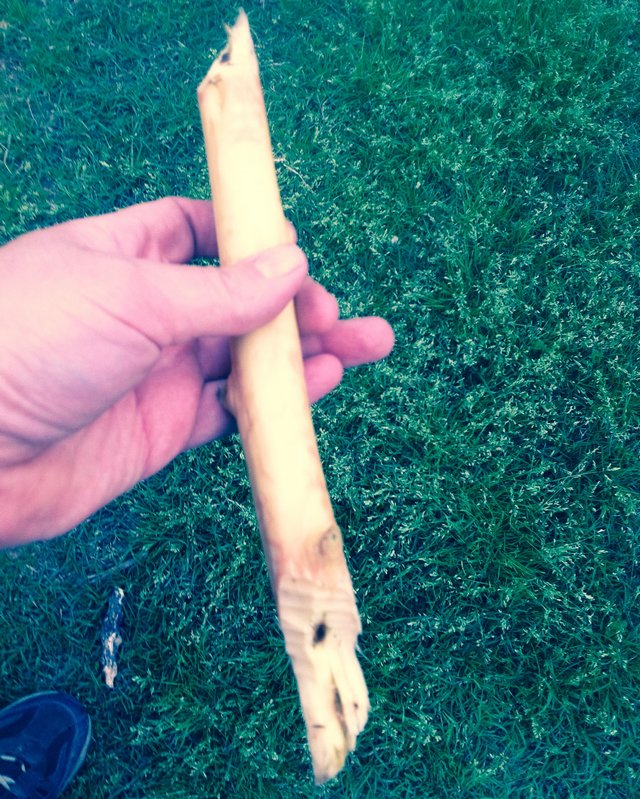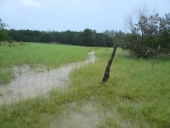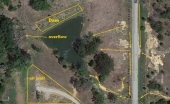
 2
2




I live in central Oklahoma on 40 acres of land that belongs to my inlaws. Nobody has loved this land since before World War II, although there's been constant activity in the form of a grazing lease and a couple of ancient but still producing oil wells.
...
I've also slowly come to realize just how much of the poor condition of this land can be attributed to half a century of cattle grazing by a lessee with no interest at all in soil conservation. The land is crisscrossed by deep notched ravines with bottoms scoured clean, all of which are fed by an endless series of erosion channels leading down from the former pasture. These ravines have isolated pools of water in them year round, but are flowing streams only seasonally (and not at all in at least one drought year since I've been here.) The sad thing is, I'm told they were all year-round creeks as recently as the 1970s, in shallow beds that were closer to four feet deep than the current 20+ feet.
...
There's only one willow tree on the whole property, which I now plan to make the ancestor of an entire battalion of willows in the service of bank stabilization and erosion control. (My fantasy is that if I plant enough willows from cuttings, maybe some day the beaver will come back, build dams, and turn my dead ravines into beautiful pools. There's beaver sign on this land -- cut stumps -- but none of it's newer than ten years old.)

Pecan Media: food forestry and forest garden ebooks
Now available: The Native Persimmon (centennial edition)
 1
1








Pecan Media: food forestry and forest garden ebooks
Now available: The Native Persimmon (centennial edition)





List of Bryant RedHawk's Epic Soil Series Threads We love visitors, that's why we live in a secluded cabin deep in the woods. "Buzzard's Roost (Asnikiye Heca) Farm." Promoting permaculture to save our planet.
 3
3





BOISE, Idaho — More than half a century after a group of beavers parachuted into the Idaho backcountry, the Idaho Department of Fish and Game has uncovered film footage of the quirky wildlife management moment.
In the 1940s the department was trying to deal with an overpopulation of beavers in some regions when wildlife managers settled on a novel idea. They captured beavers and other fur-bearing rodents, packed them into special travel boxes, attached parachutes and dropped them from a plane into the Frank Church River of No Return Wilderness.
Pecan Media: food forestry and forest garden ebooks
Now available: The Native Persimmon (centennial edition)
 5
5




Lorinne Anderson: Specializing in sick, injured, orphaned and problem wildlife for over 20 years.
 3
3




 1
1




A build too cool to miss:Mike's GreenhouseA great example:Joseph's Garden
All the soil info you'll ever need:
Redhawk's excellent soil-building series





 1
1




The wishbone never could replace the backbone.
 1
1




Sonja Draven wrote:How are your beavers doing, Dan?
Pecan Media: food forestry and forest garden ebooks
Now available: The Native Persimmon (centennial edition)
 1
1




The wishbone never could replace the backbone.





| I agree. Here's the link: http://stoves2.com |







